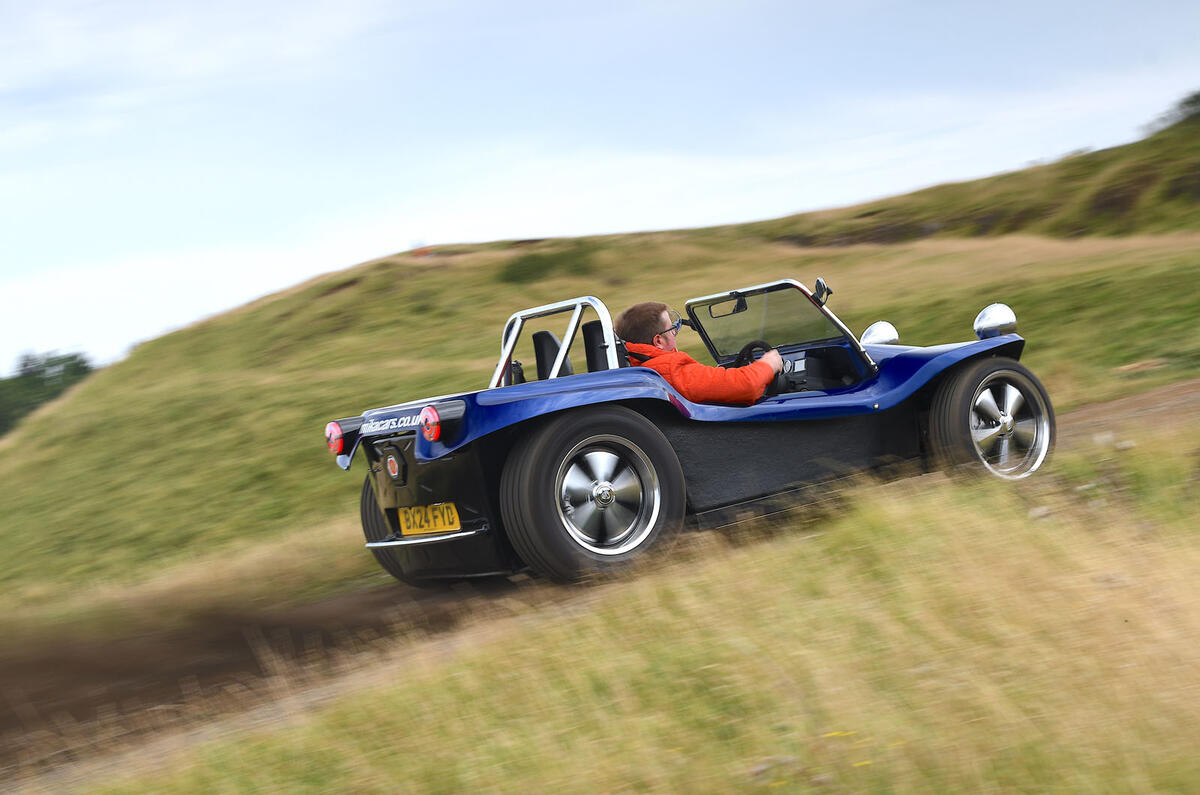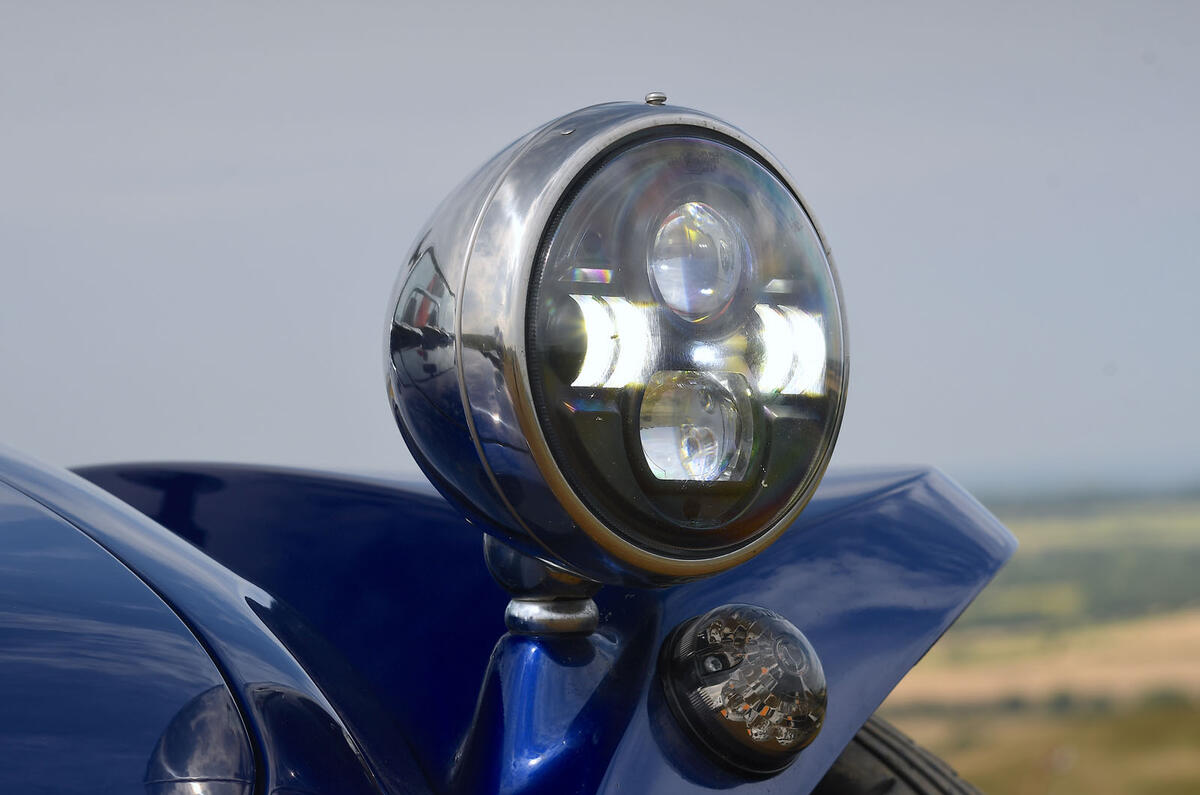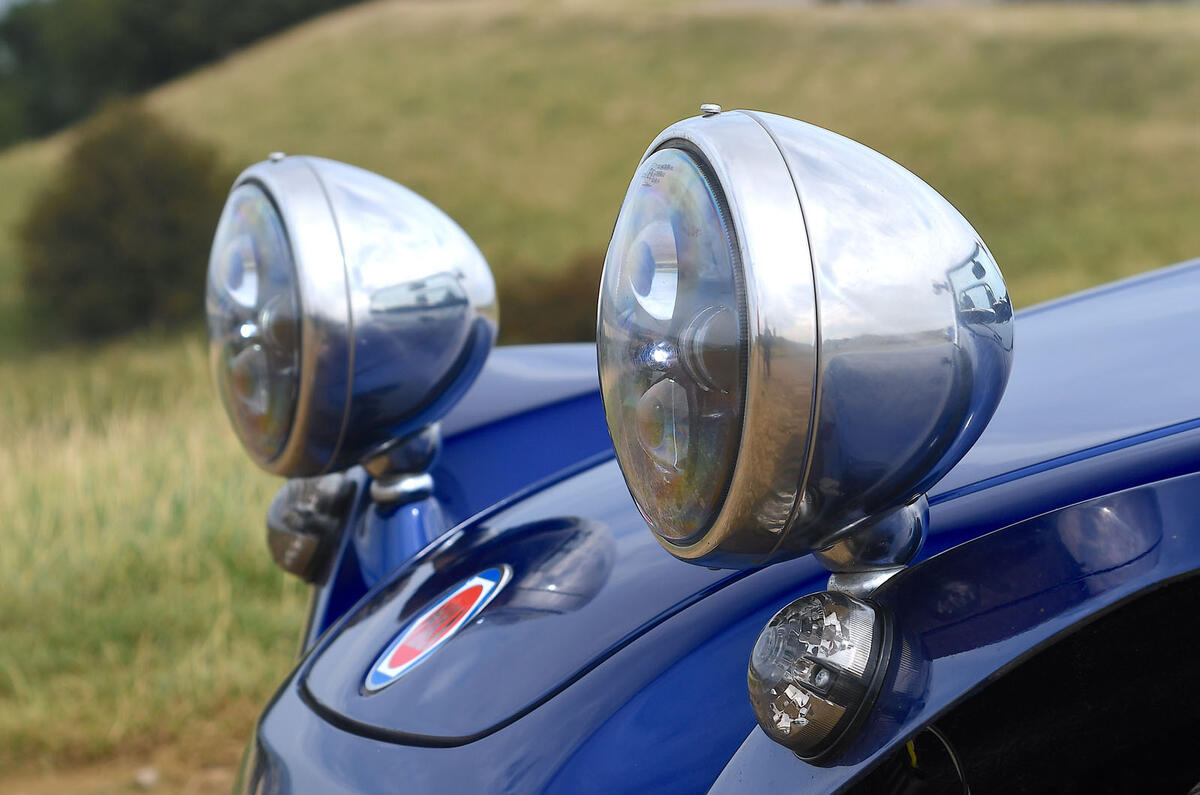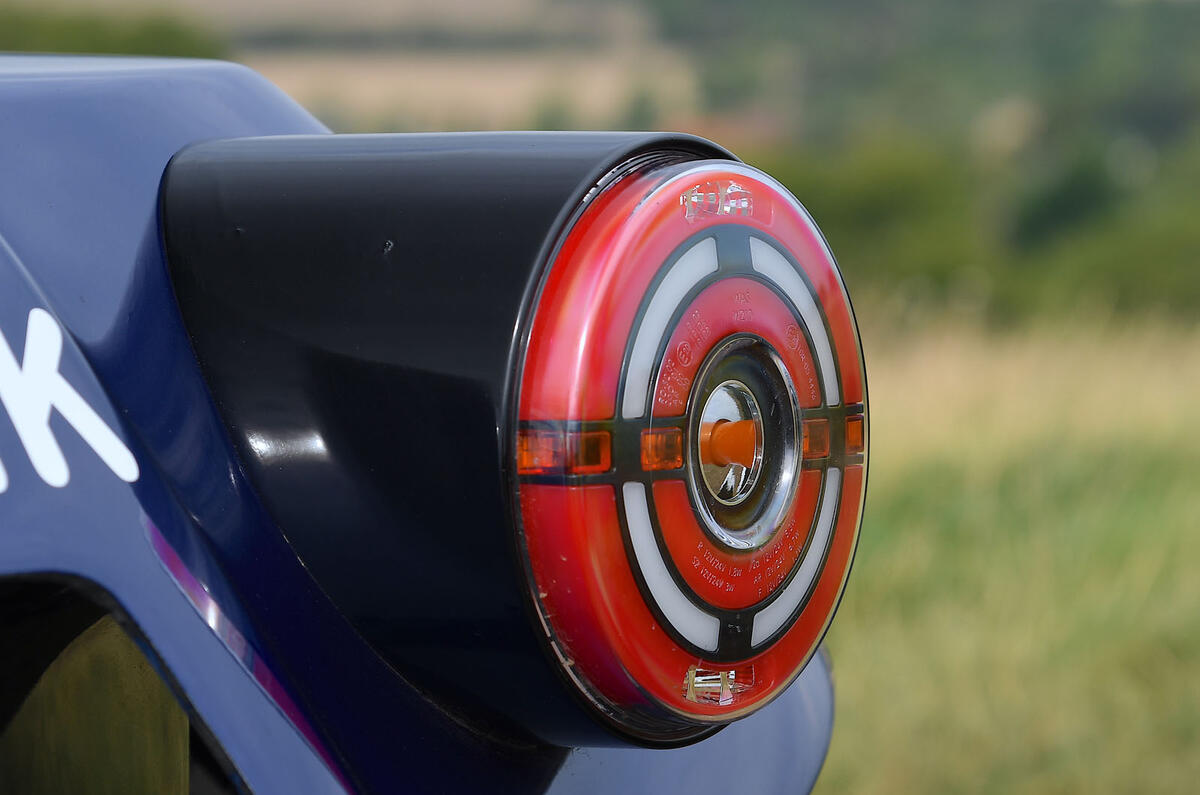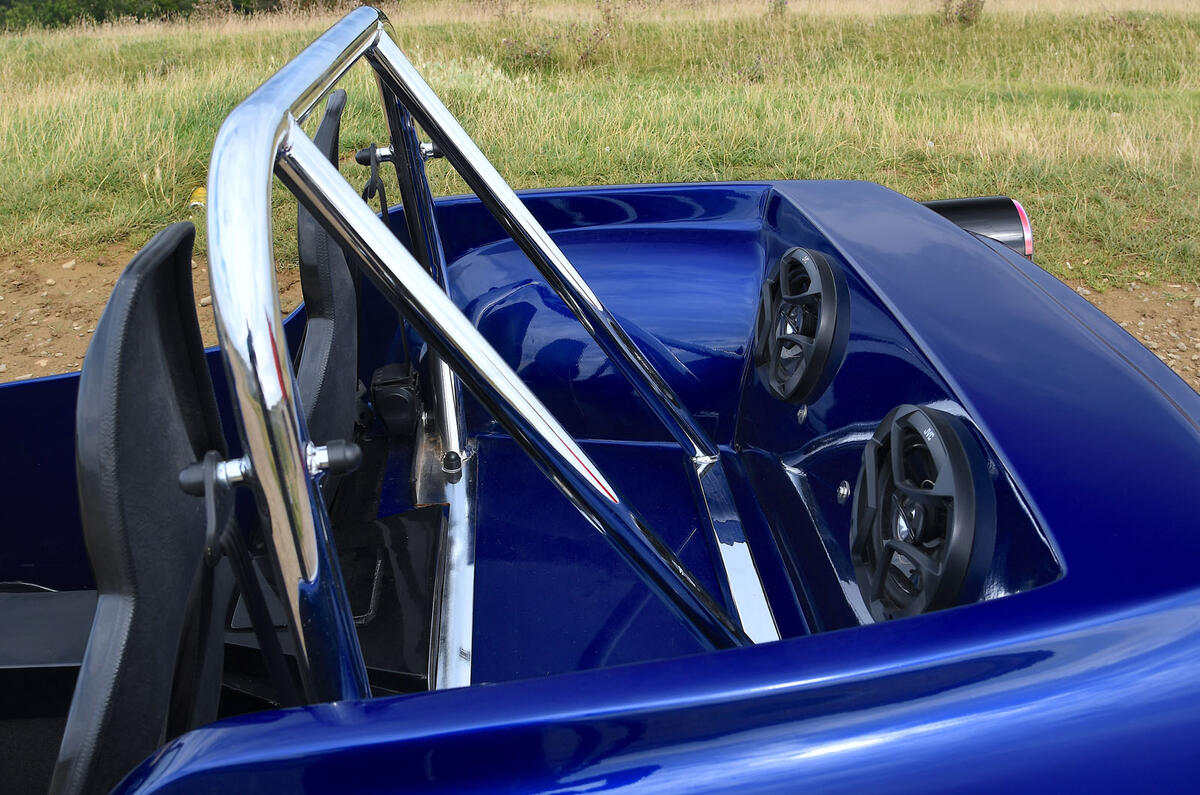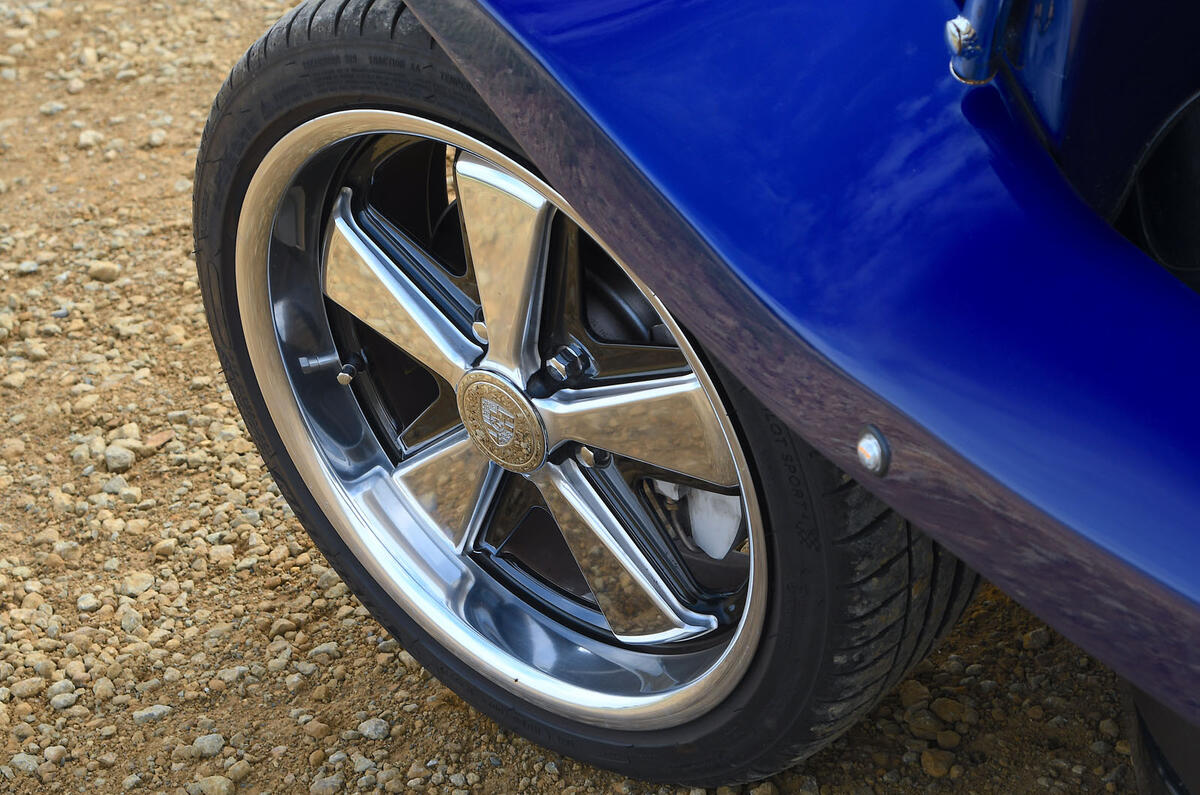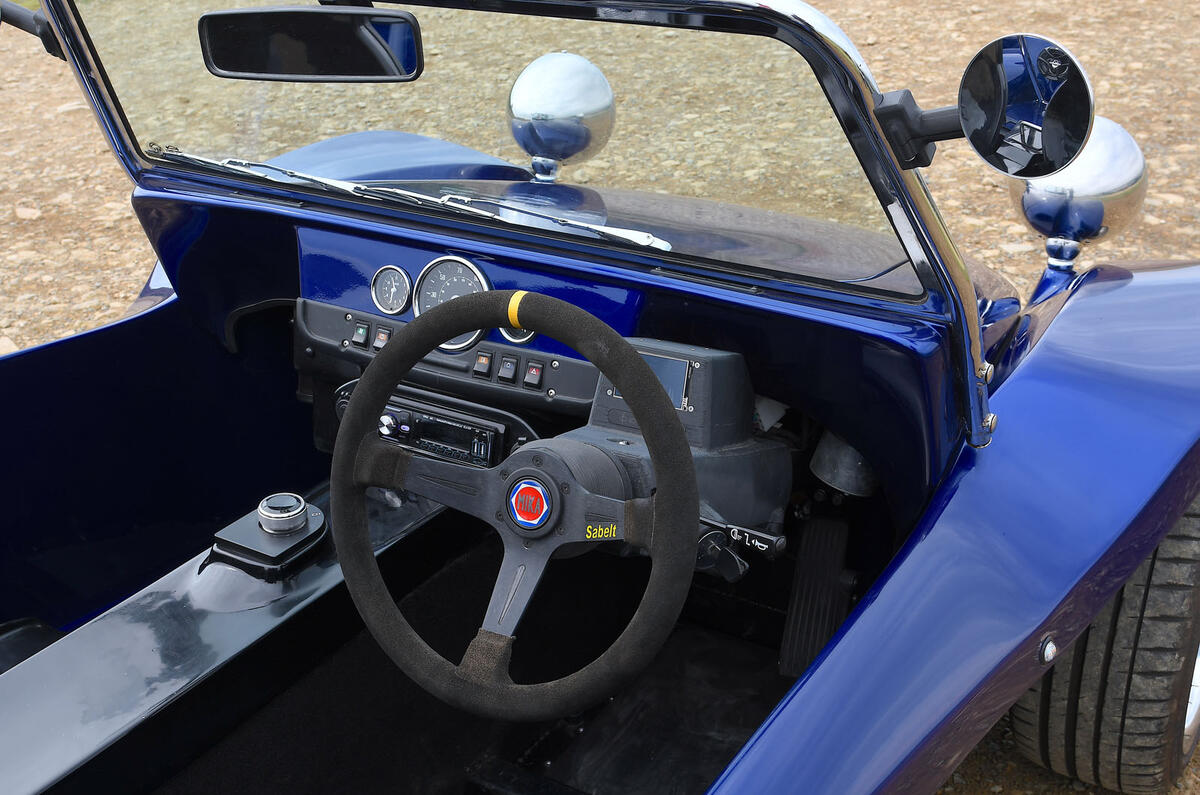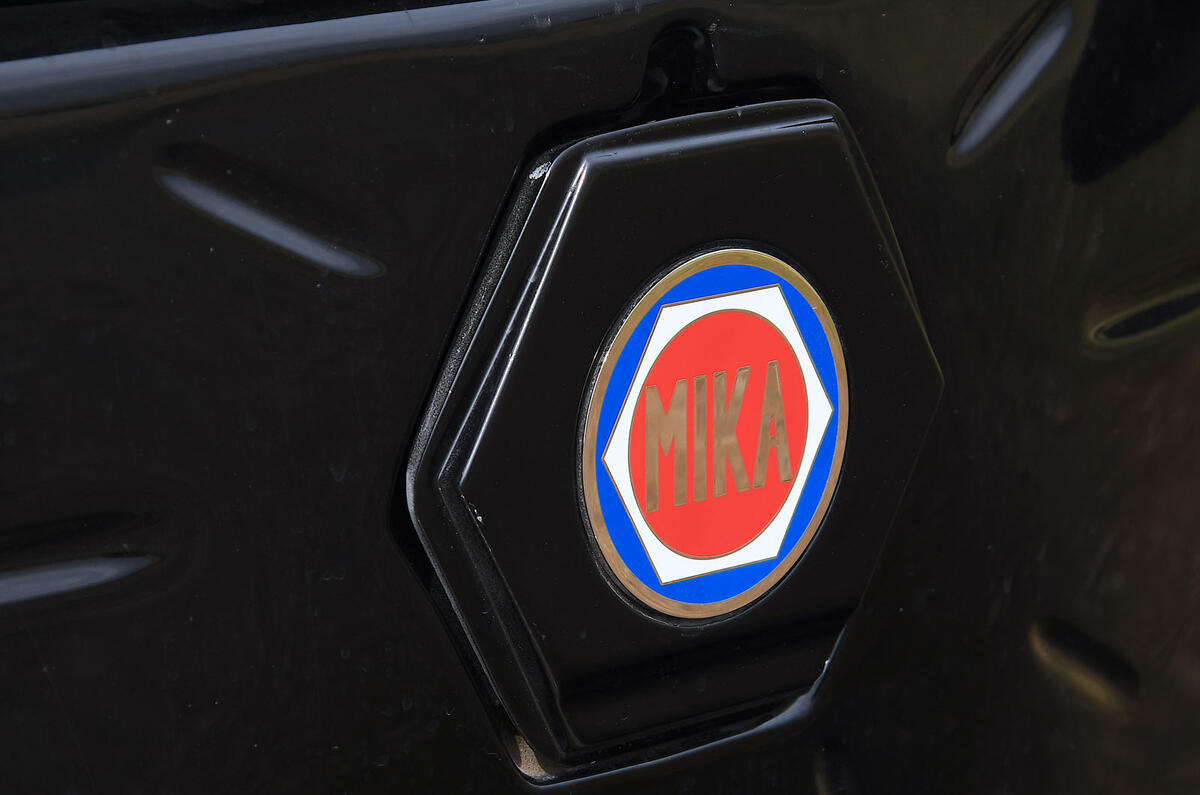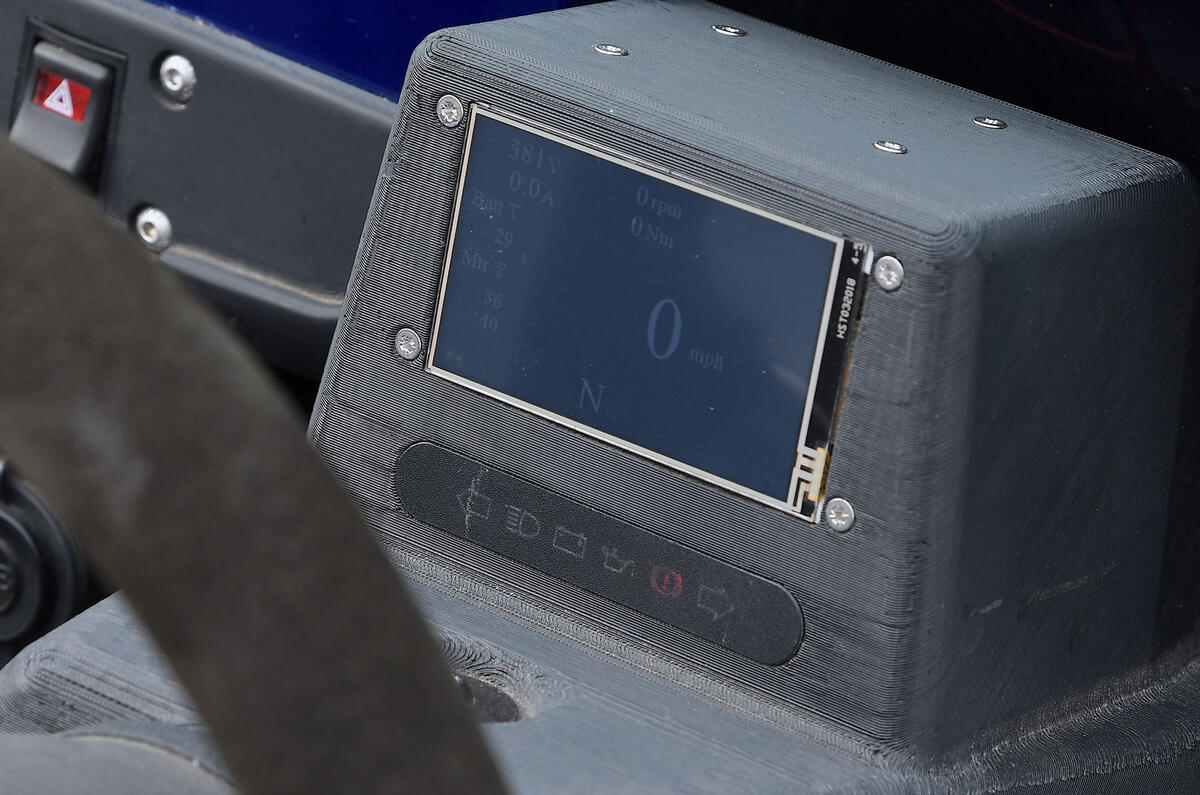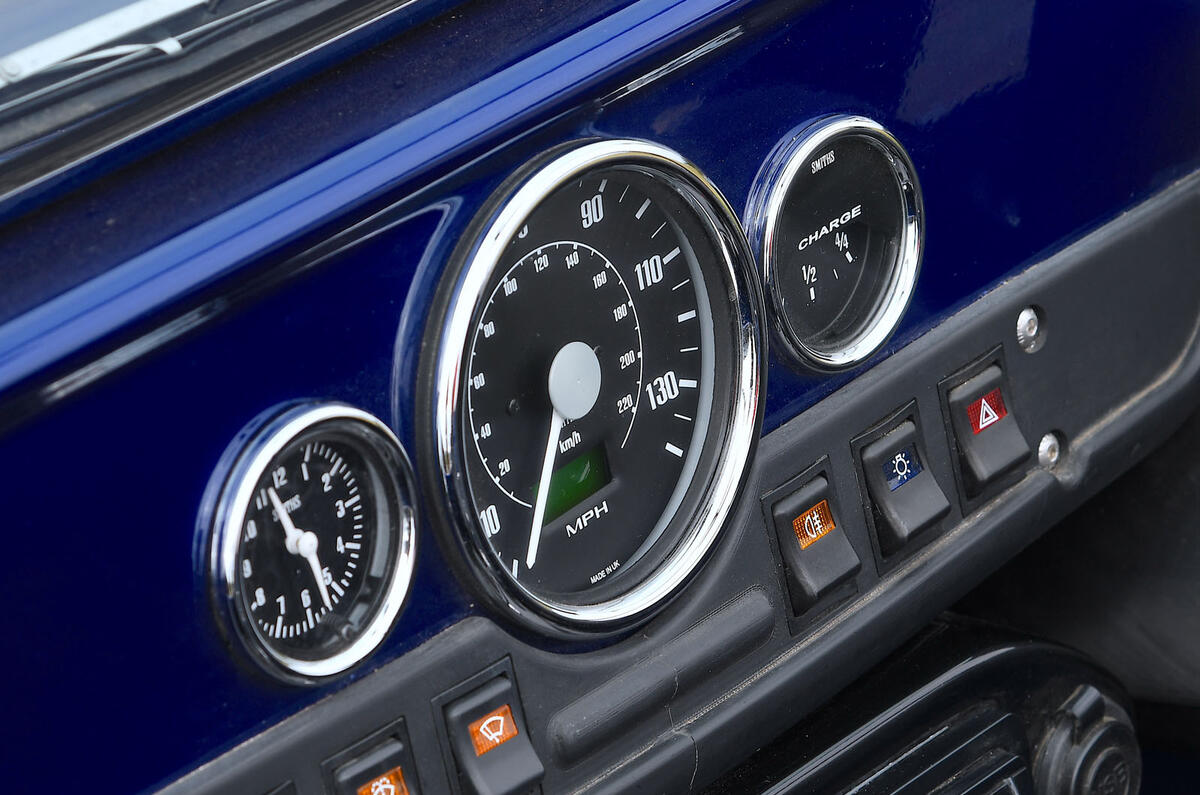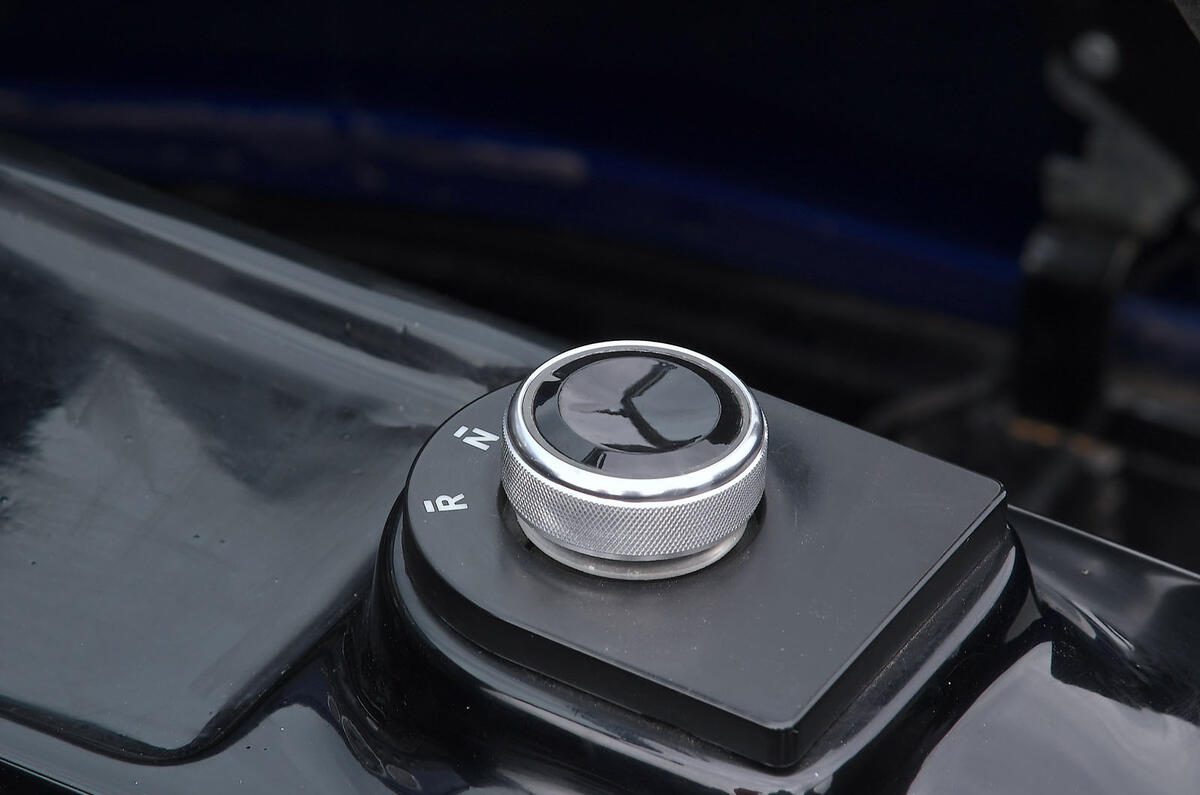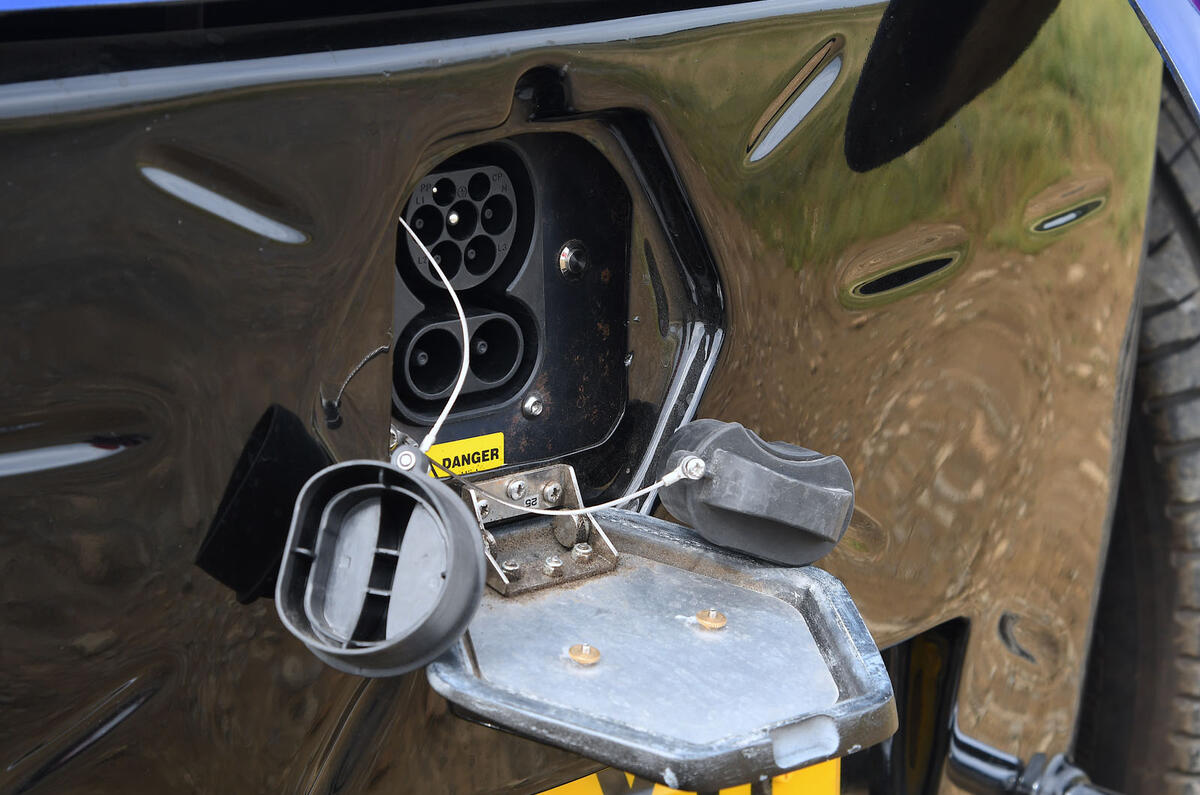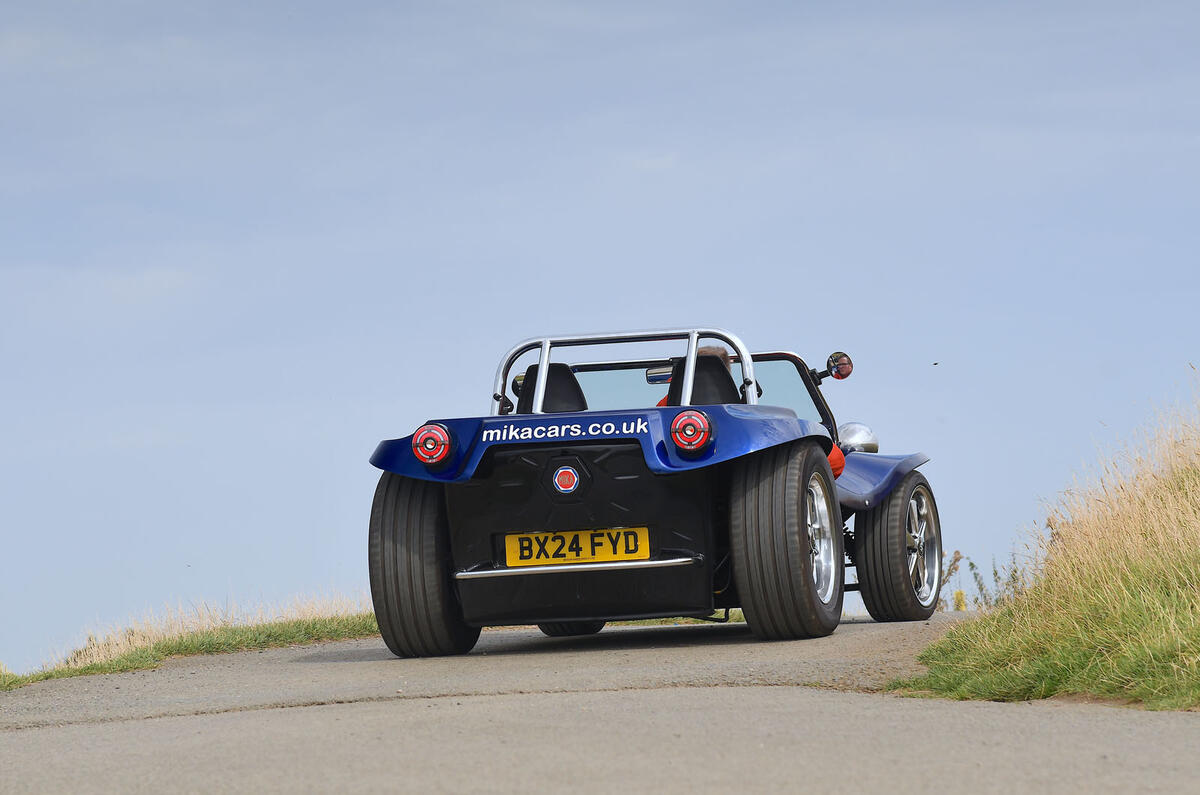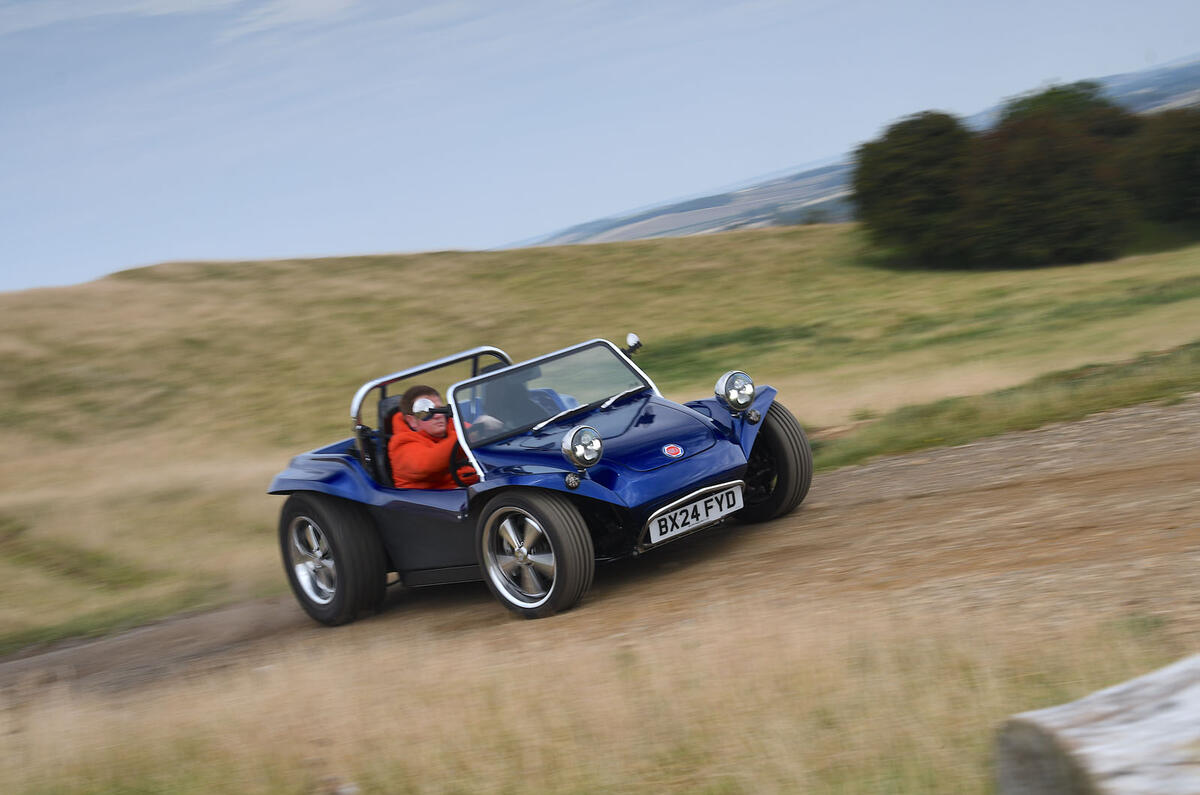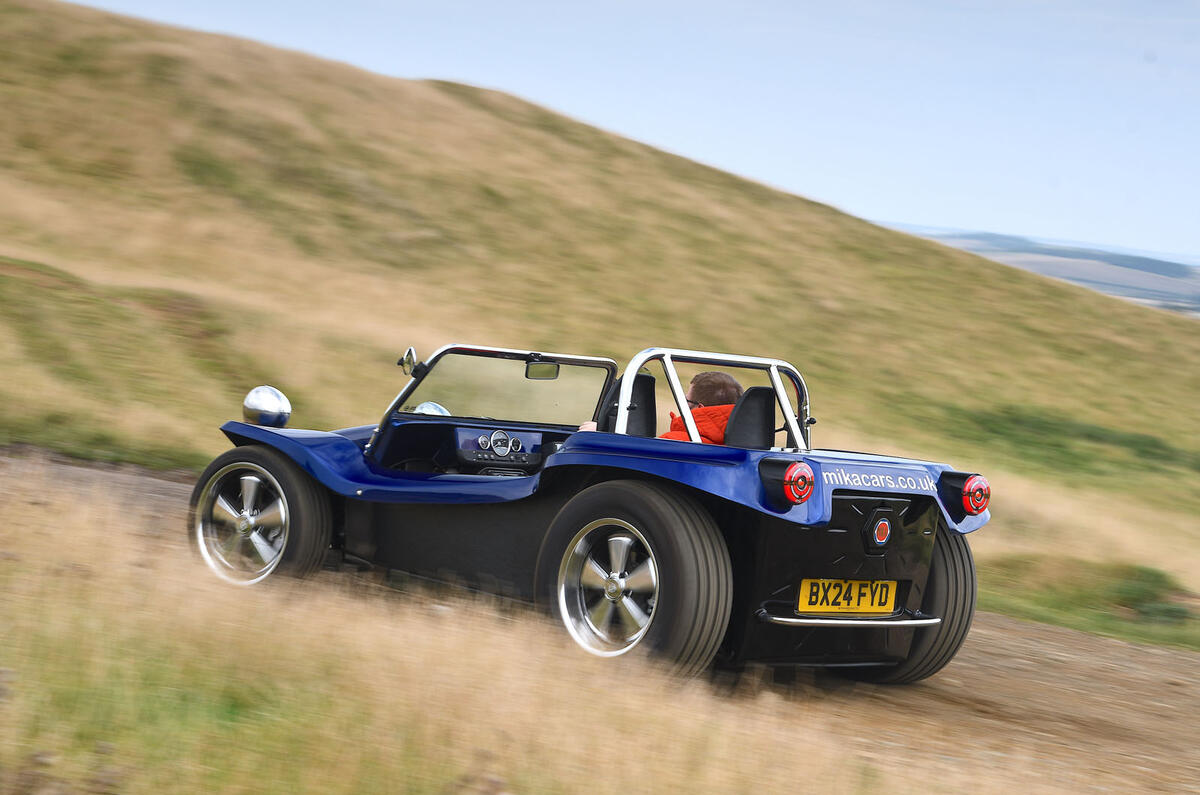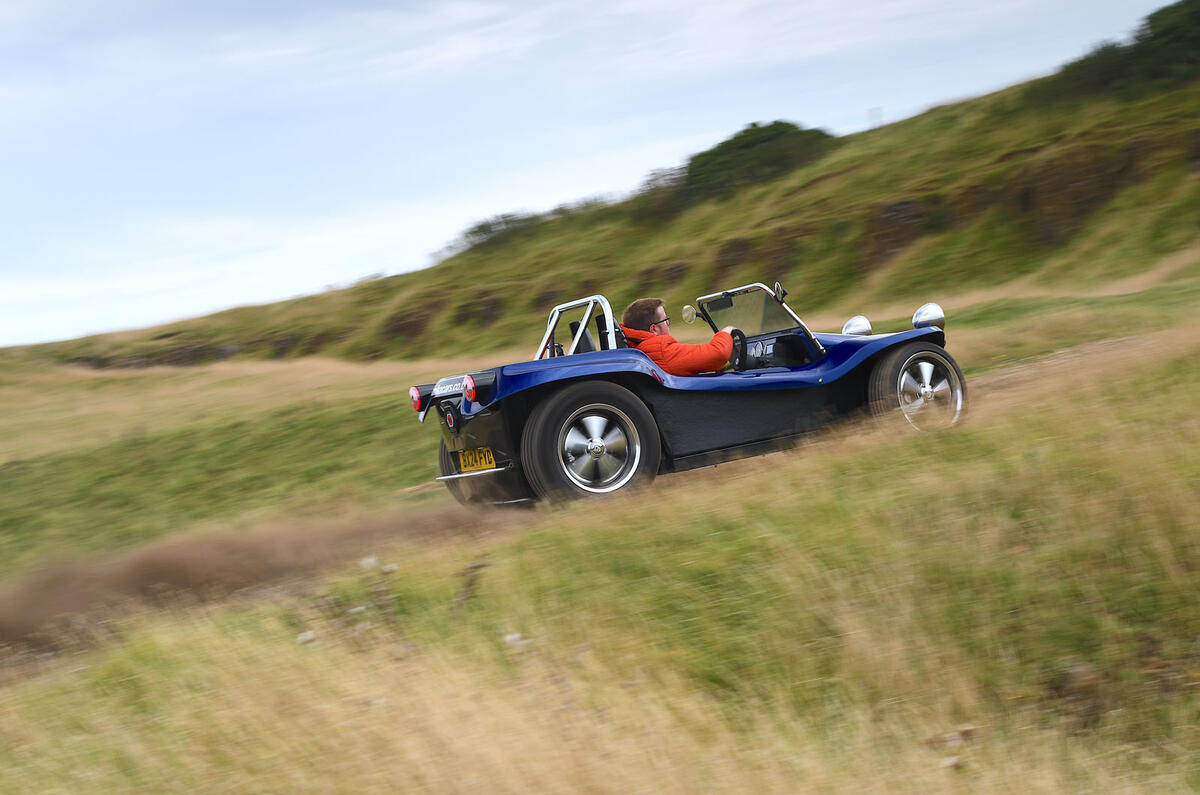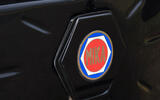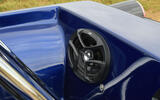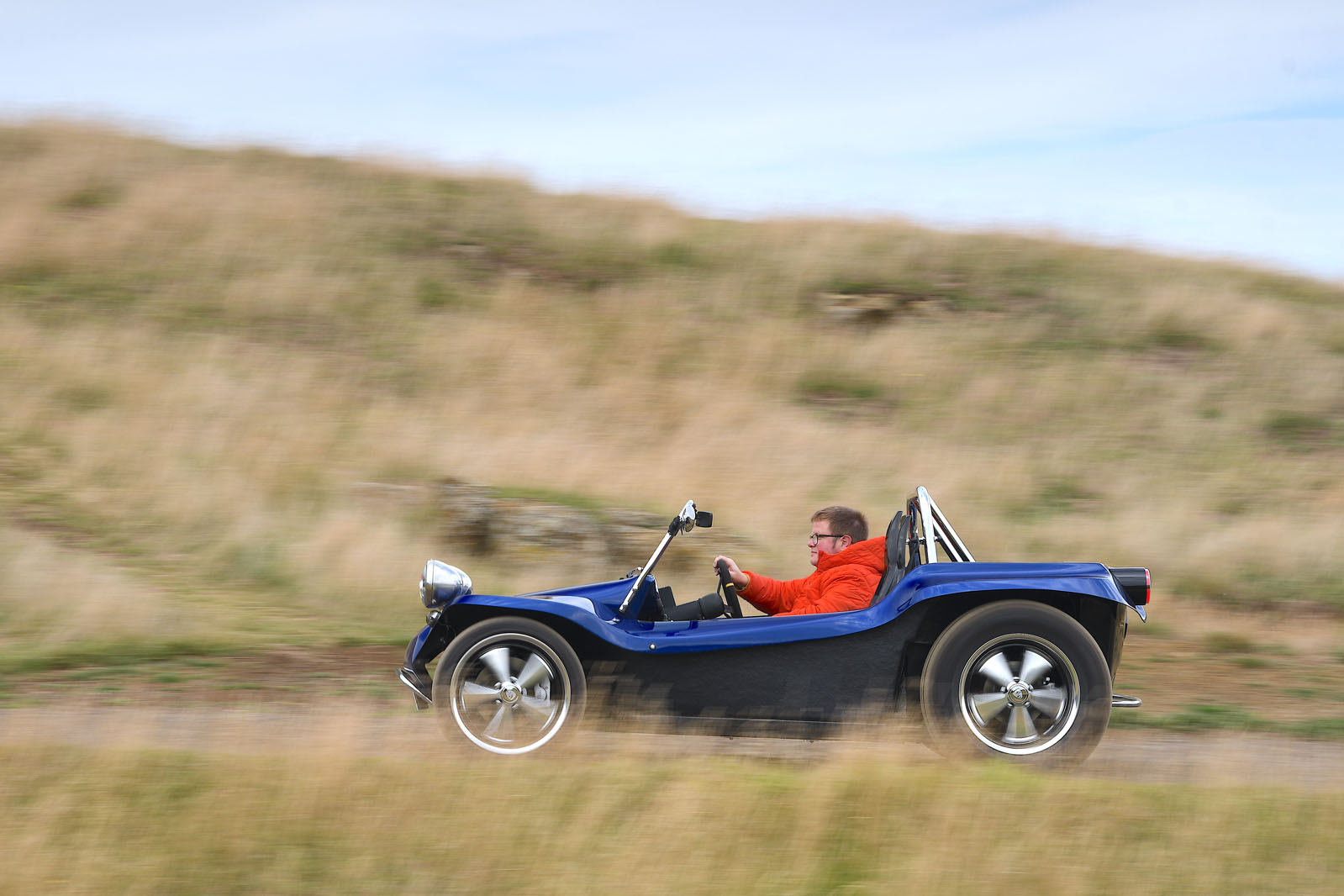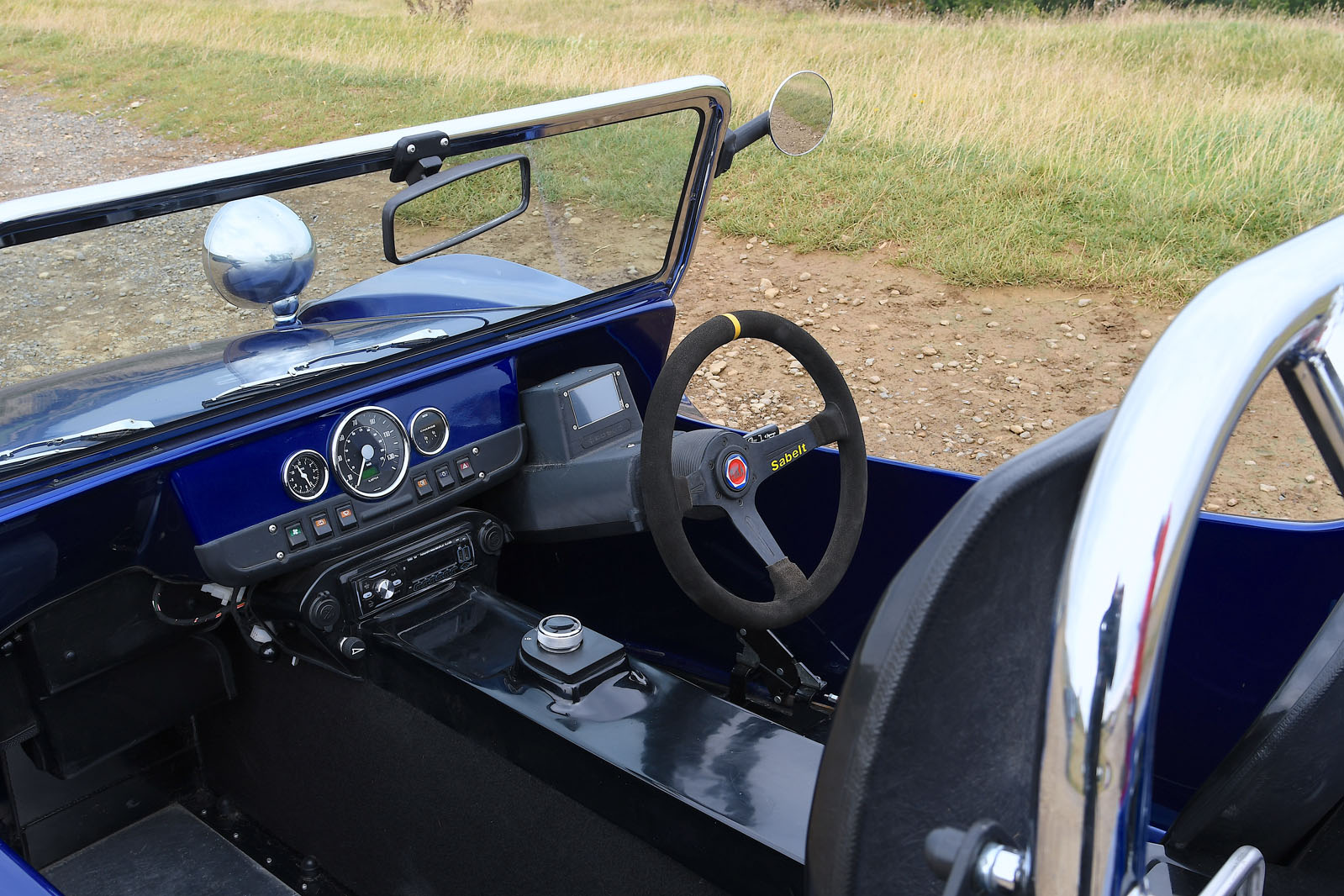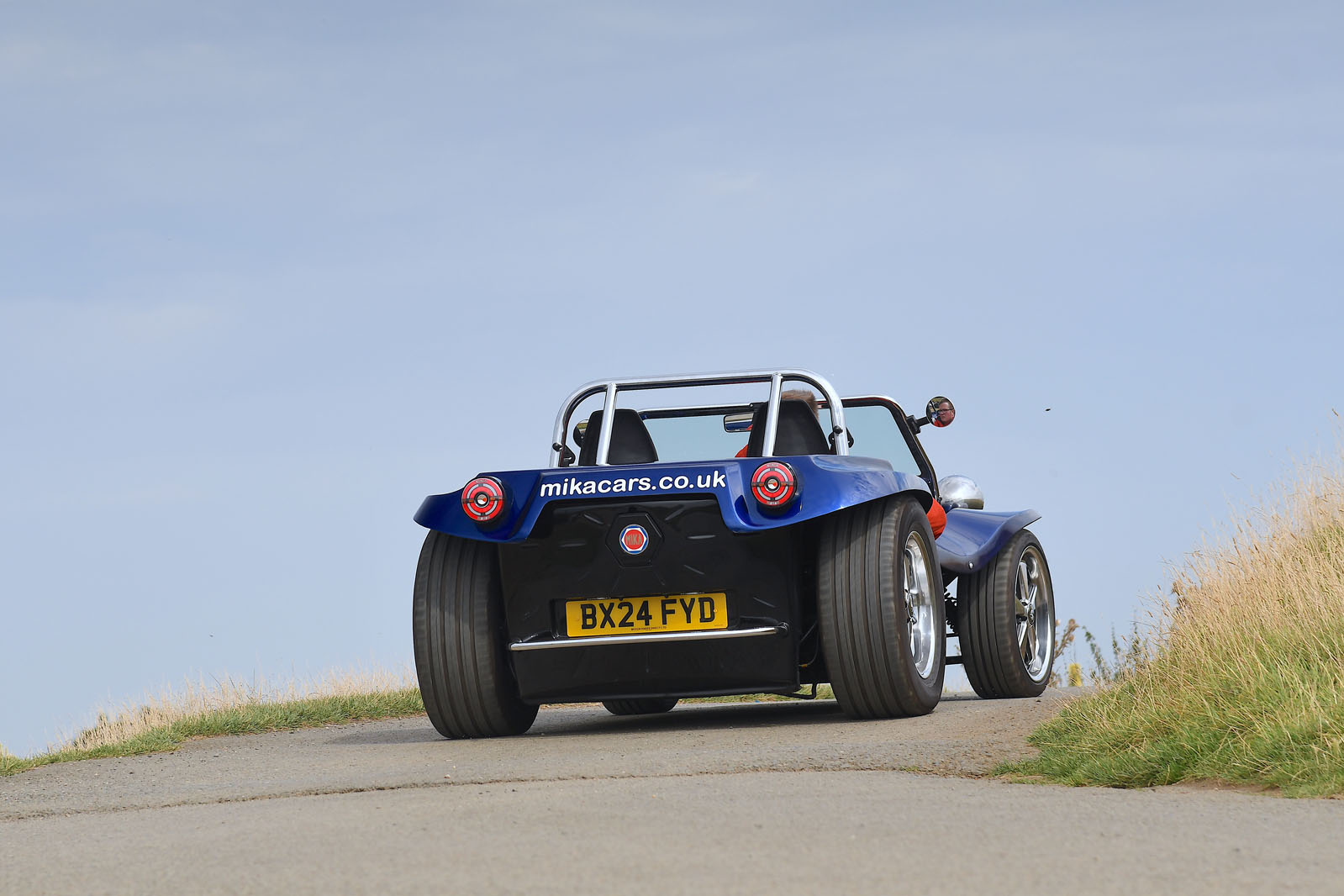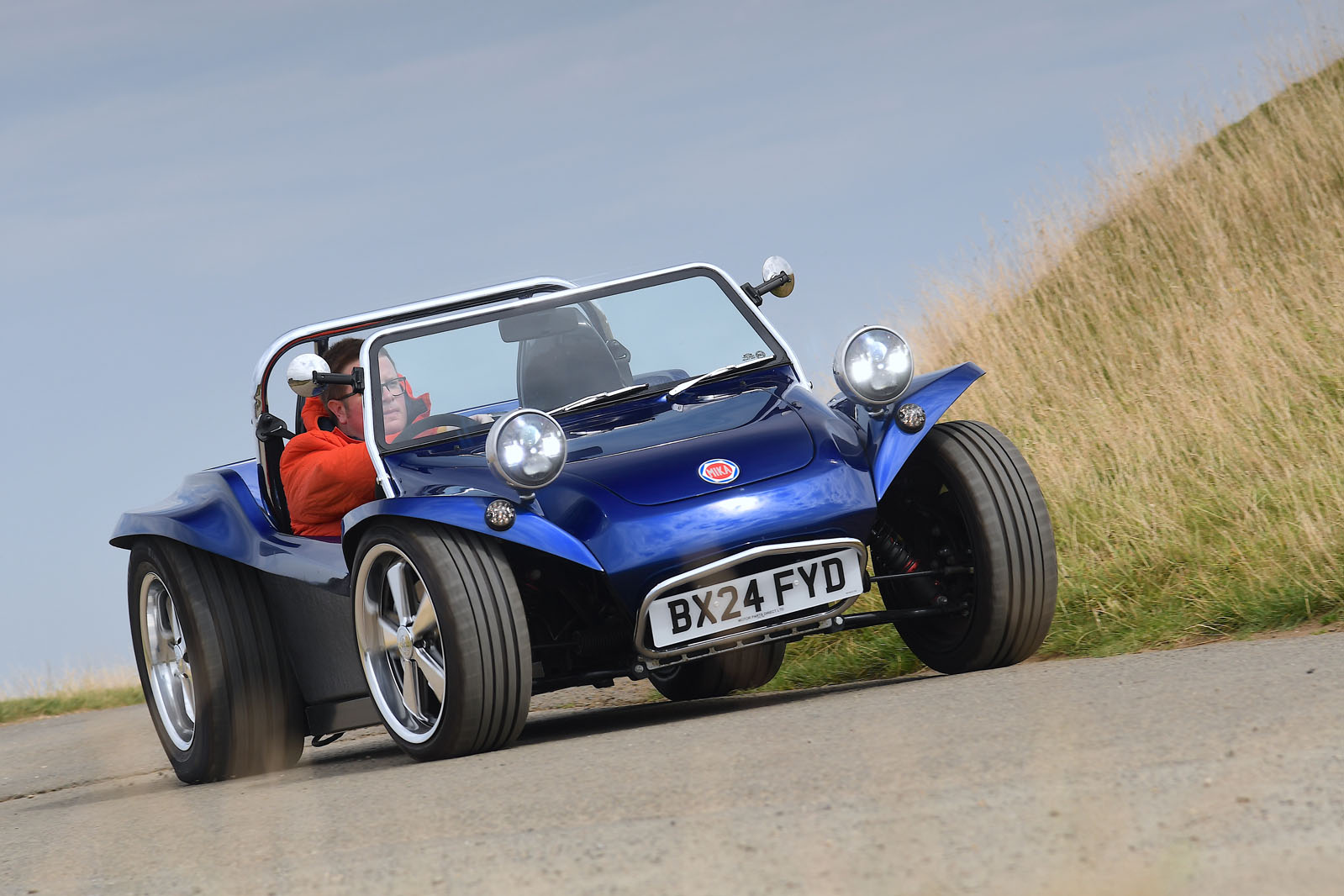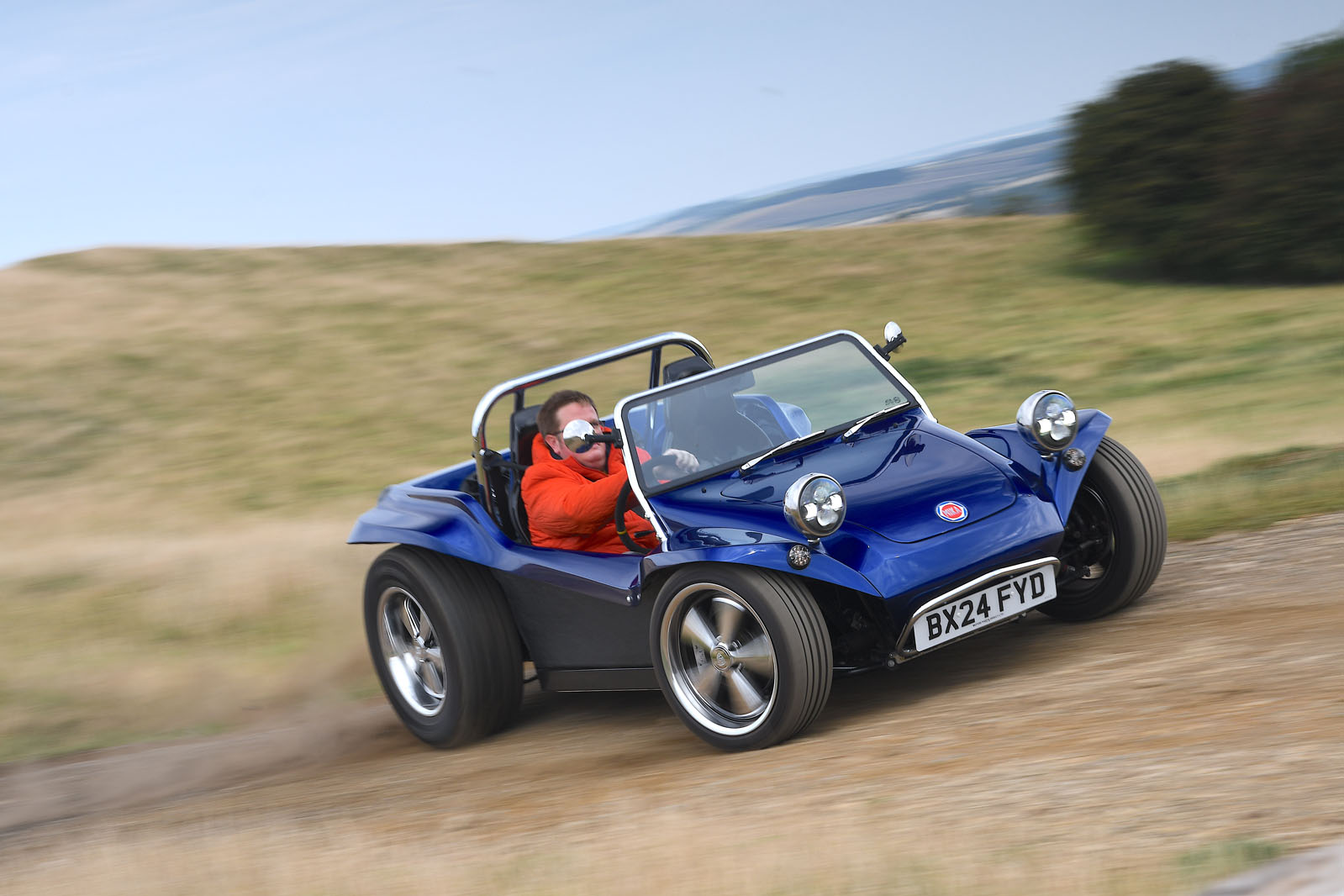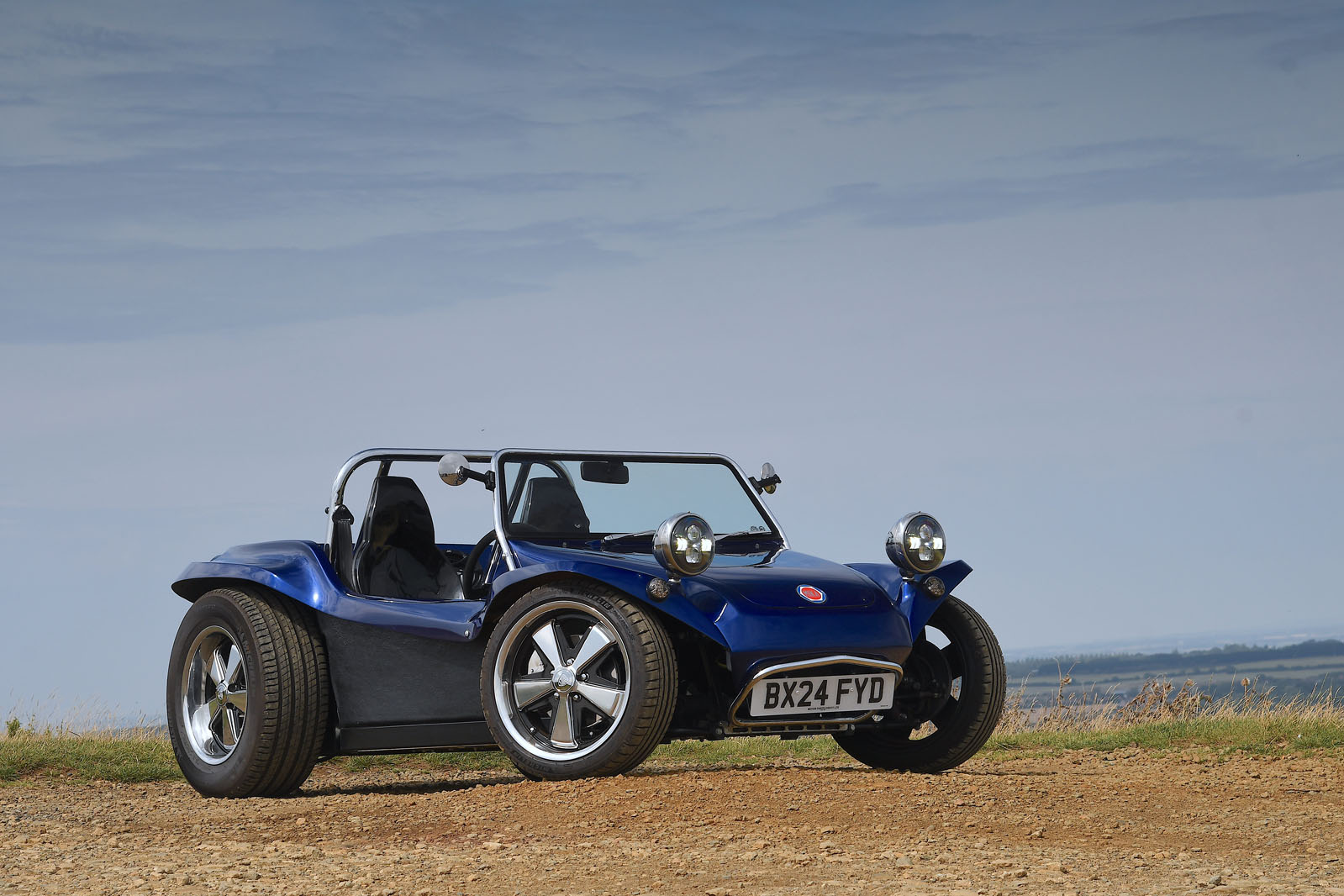“Imagine a beach buggy with all of the flaws taken out.” That’s how Robin Hall, the man behind an all-new instalment in the UK cottage industry’s fascinating line of lightweight sports cars, introduces what he hails as the lightest M1-class (as in, neither a microcar nor a ‘heavy quadricycle’, but a proper passenger car) electric vehicle in the world: the Mika Meon.
Hall has a history in design engineering running back several decades, and has dipped his toe into niche sports cars projects before. His early career was designing axles for the ill-fated Rover RDX60, the original BMW Group ‘R50’ Mini, the ‘X350’-generation Jaguar XJ - and the whole chassis of the Land Rover Discovery 2. Curricula vitae in UK-based mainstream vehicle engineering don’t get much more enviable.
As a freelance designer, Hall’s since penned military vehicles and single-seater track cars. His name was on the company stationary with the FBS Census sports car in 2002 (a project which bad styling and financial challenges mostly did for); and he’s just finished the design engineering of the Wells Vertige. He’s a man with an in-demand skillset, for sure. And while his design consultancy work goes on, he now has paid-up premises in Warwickshire, and the perfect stable base from which to launch a small-scale car-making outfit entirely of his own vision.




